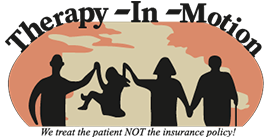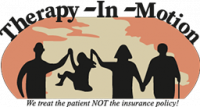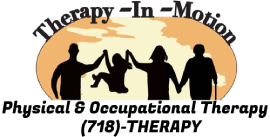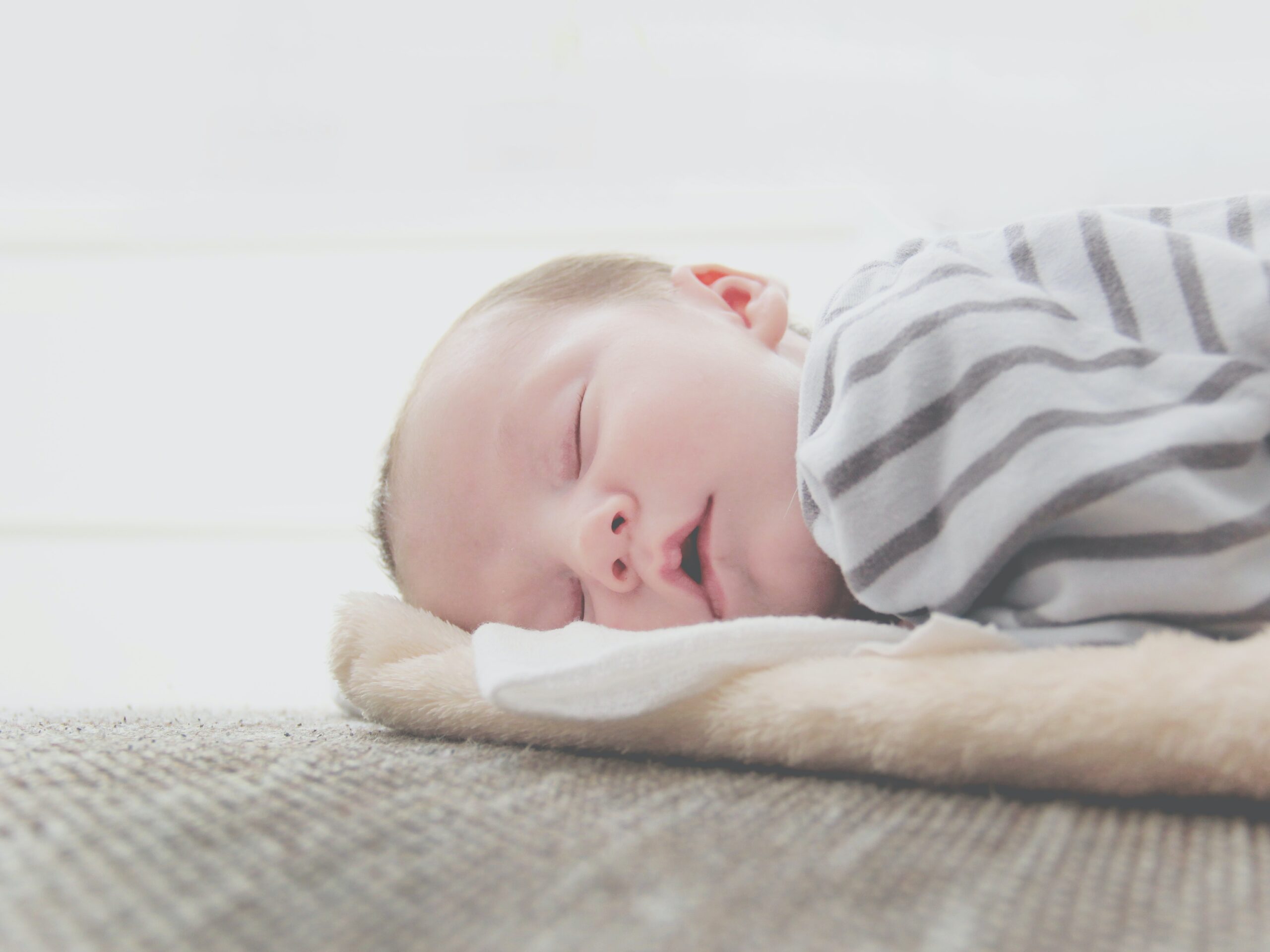
Plagiocephaly and Physical Therapy: Everything You Need To Know
By: Dr. Abe Kopolovich, DPT, MBA, JD-IP
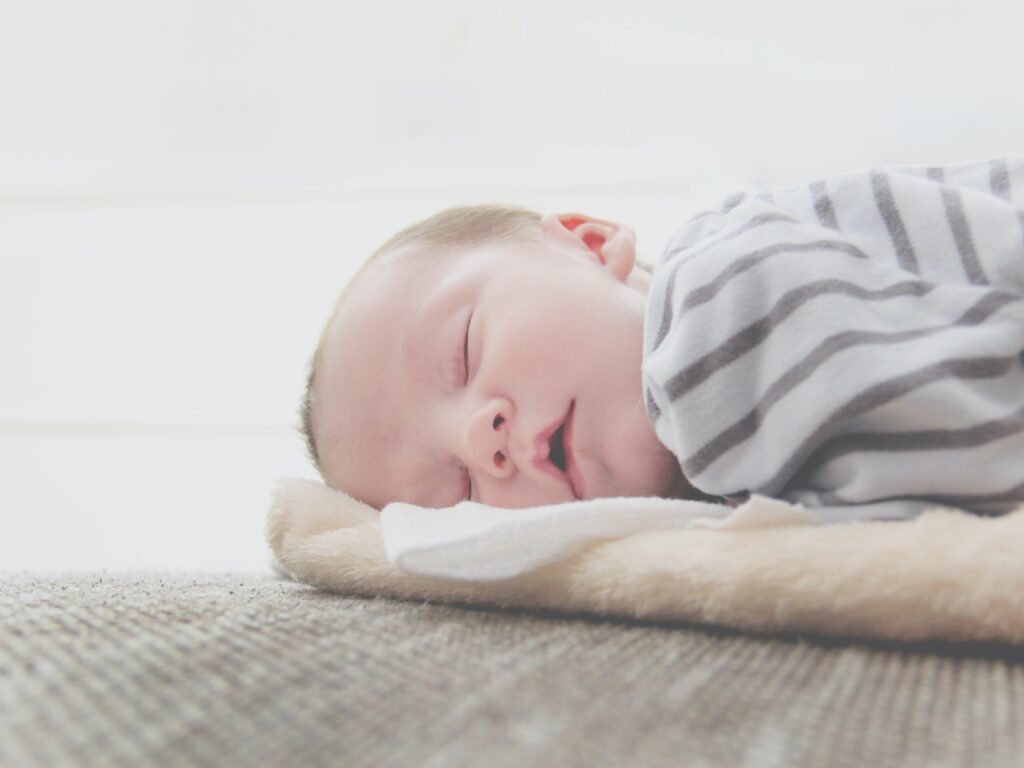
Plagiocephaly, better known as flat head syndrome, is a condition in which a baby’s head is flattened as a result of laying with their head improperly positioned for an extended period of time.
As a parent, worrying about whenever you notice any abnormality with your baby is second nature. But this condition is much more common than you think and not dangerous at all!
After reading this blog post, you will have a thorough understanding of plagiocephaly and how to help your baby with physical therapy.
What's flat head syndrome?
As stated in the beginning, plagiocephaly is the medical term for when a flat spot develops on the back or side of a baby’s head. The word “plagio” in itself means slanted or irregular.
The condition can cause the baby’s head to look asymmetrical. Some describe the head as looking like a parallelogram when observed from above.
Signs to look for include:
- A flattened area on the side or back of the head
- Misaligned ears
- A bald spot in one area of the head
- Bony ridges on the skull
- Lack of a soft spot (or fontanel) on the head
- Difficulty turning head from side-to-side or lifting chin off chest when lying on stomach
There are two types of plagiocephaly
Positional plagiocephaly, also called deformational plagiocephaly, is the most common type of flat head syndrome. According to the American Academy of Family Physicians, flat head syndrome affects up to 50% of babies.
On the other hand, there’s congenital plagiocephaly, also known as craniosynostosis, which is a rare birth defect. In babies with this condition, the fibrous spaces between the skull bones, known as sutures, prematurely close. This results in an abnormally shaped head.
But why does plagiocephaly happen?

A baby’s skull bones don’t fully fuse and harden until several months after birth. Soft, pliable bones allow for easier passage through the birth canal and gives a baby’s brain ample room to grow. They also mean that a baby’s head can change shape.
Common causes for plagiocephaly include having your baby regularly sleeping or lying in the same position, not having enough “tummy time” and muscular torticollis, a condition in which an infant’s neck muscles are stiff or imbalanced due to reduced space in the uterus.
Can plagiocephaly lead to complications?
While the positional type is considered more of a cosmetic issue than a medical one, congenital plagiocephaly surgery is usually necessary when sutures in the skull have prematurely closed. It can help relieve pressure in the skull and allow the brain to grow normally.
Surgery may also reduce the risk of complications like developmental delays, blindness, seizures and other medical problems.
How to fix flat head syndrome?
Physical Therapy Exercises
If your baby has plagiocephaly with torticollis, your doctor may recommend stretching exercises to increase the range of motion of their neck. Never try neck-stretching exercises without your doctor’s approval and directions.
Molding helmet therapy
Molding helmet therapy involves having the baby wear a custom-molded helmet or band that will gently help reform the skull into a symmetrical shape. The plagiocephaly helmet costs from $1800 and $3300 and is usually reserved for those with more moderate to severe cases.
According to the American Association of Neurological Surgeons, the optimum age of helmet therapy is 3 to 6 months. It can take about 12 weeks for the skull to be reshaped using this therapy.
Preventing plagiocephaly
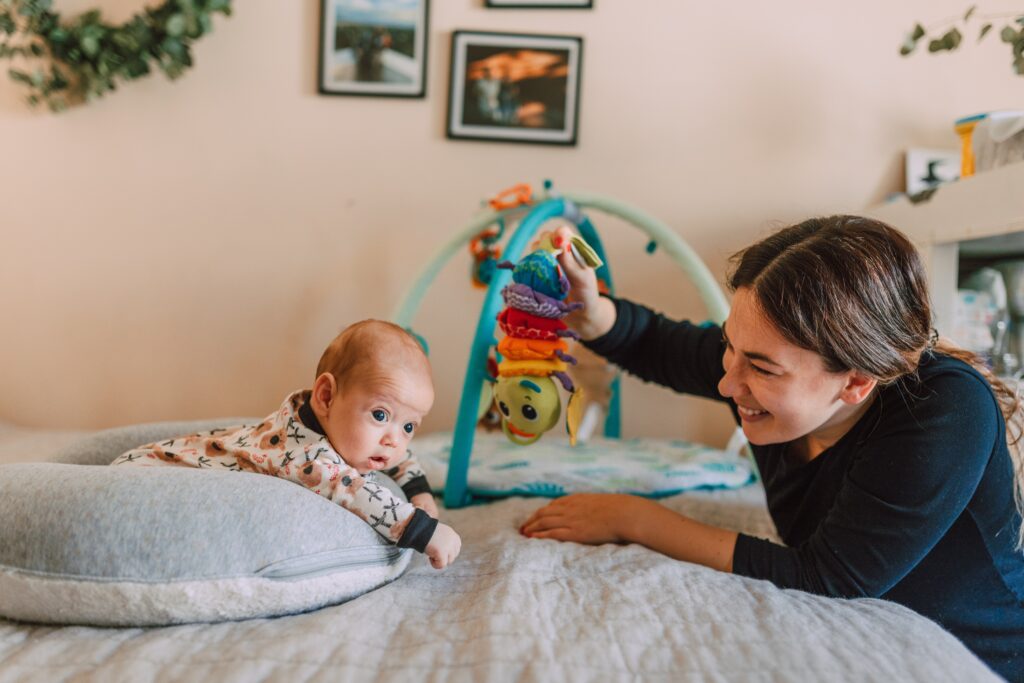
There are some things you can do to reduce your child’s risk of some types of positional plagiocephaly:
- Reposition your baby during sleep: one day face their head left, the other right, and so on. However, unless otherwise directed by your baby’s doctor, always put your baby to sleep on their back.
- Give your baby supervised tummy time: start with three to five minutes a session, two to three times a day, as soon as you bring your baby home from the hospital or within a couple days following birth.
- Hold your baby upright: instead of placing them in their crib, car seat, or baby swing.
- Change feeding positions: for instance, if you bottle feed your baby while they’re nestled in your right arm, switch to your left.
- Include neck movement in the baby’s playtime: this can be easily achieved with the use of toys and activities that encourage movement.
Plagiocephaly and physical therapy
Physical therapy for plagiocephaly typically involves a series of exercises designed to strengthen the neck muscles and improve the baby’s range of motion. Stretching and range of motion exercises help to increase the flexibility of the neck muscles, while postural activities help to strengthen the muscles and improve the baby’s head position.
These activities are typically done in a playful manner, providing a fun and engaging experience for parents and their children.
You can get started today! Book an appointment with our plagiocephaly specialist to get a custom-made plan for your baby’s needs.

